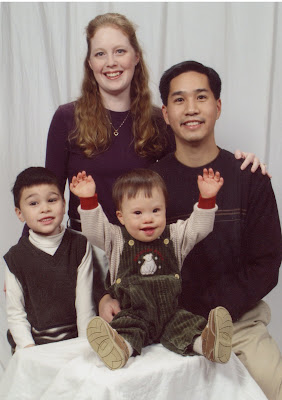I had been in recovery from anorexia and bulimia for five years before I started actively self-injuring. I’d been depressed for some time when the idea came to me to cut myself. I was at work one day a few years ago, ruminating on the emptiness and unexplainable, thus maddening, sadness I felt. I got a paper cut in the course of filing some papers, and I felt oddly soothed. Somehow the sting of pierced skin seemed an appropriate expression of my pain. All at once, the physical pain seemed to be empathizing with my emotional pain, bearing testimony to it, while also being more acute and diversionary, the physical distracting from the emotional.I remember going to a session at a counseling conference a few years back where the speaker talked about how cutting oneself actually releases a particular chemical that works as a pain analgesic. If you know someone who cuts herself and want to understand the emotional, physical, psychological and spiritual dynamics at work here, check it out. The e-book covers:
I drove home from work that night, again feeling an intense and almost unbearable sadness. I had to get rid of it now, even though I only had an hour until my second appointment with my new counselor. So I ripped apart a disposable razor and used the blades to make several thin, red lines across my arms. Calm seemed to settle over me. The sadness receded, and I didn’t feel the frantic need to get rid of some pain that I didn’t know why was there in the first place.
- what self-injury is
- who self-injures
- why people self-injure
- how to spot trouble in someone you care about
- how to help those you care about
- how to get help for yourself
- what types of therapy and treatment are most helpful
- how to handle relapses
- what makes recovery possible
"If you are an active or recovering self-injurer or if you are concerned about a friend or family member, you'll find here practical suggestions for help, hope and healing. You'll also find information about therapy options and treatment programs nationwide and suggestions for further reading on the topic of self-injury."


4 comments:
I've often thought that cutting oneself also says, "I am real; I exist," in a society where so many feel invisible, lost, isolated.
Many times people do, indeed, cut to feel alive. They have become so numb, often through dissociation, that cutting brings them back to the "real" world.
It's an interesting point that, perhaps, people cut because they feel invisible. As an anorexic, I used to feel invisible (not physically), so I thought the "accomplishment" of my ultra-thin body helped me stand out, make me special or distinct.
Thanks for your blog - I really identify with the second paragraph of the excerpt. I too self-harm, I use scissors to repeatedly cut my arms and/or I hit my forearms against the corner of solid walls to bruise.
I feel an overwhelming sadness at times, even an emptiness, I know something's missing and I just want to reach out, but there is no-one there able to fill my empty space, that's when I cut myself, I find it comforting.
I slam my arms against walls to relieve frustration. I am not terribly good at verbalising and this is my way of relieving my aggression.
Thanks for your blog, it has made me feel less alone in what I do.
This has become a big theme in youth ministry-- cutting and preoccupation with being real and feeling. Generation X is so extreme... and dying for Truth. Thank you, I plan to use this as a tool!
Post a Comment